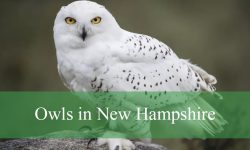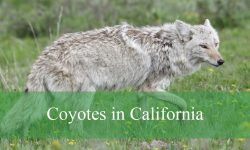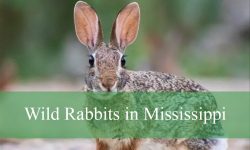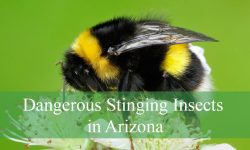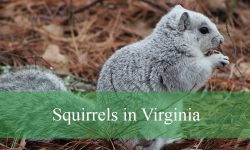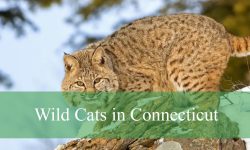South Carolina is home to a rich variety of bird species that brighten up backyards across the state. Living in a bustling city or a quiet rural area, the diversity of backyard birds in South Carolina offers an exciting opportunity for birdwatchers and nature lovers alike. From vibrant songbirds to striking woodpeckers, these birds provide year-round enjoyment and a close connection to the natural world right outside your window.
Identifying the many backyard birds in South Carolina can be both fun and rewarding. Each species has unique characteristics, behaviors, and calls that make spotting and learning about them a fascinating experience. This guide features 35 common and beloved backyard birds found throughout South Carolina, complete with descriptions and images to help you recognize each one with ease.
Learning which birds are likely to visit your backyard can greatly enhance your outdoor experience. With helpful identification tips and information on where and when to find them, this article will be a valuable resource for discovering the incredible variety of backyard birds in South Carolina.
Common Backyard Birds in South Carolina
Northern Cardinal (Cardinalis cardinalis)
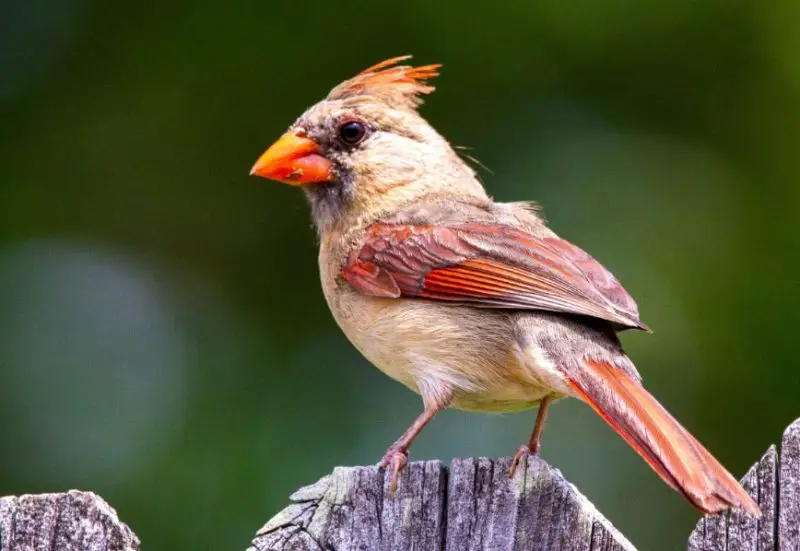
The Northern Cardinal is one of the most recognizable backyard birds in South Carolina, known for its vibrant plumage and distinctive crest. Males display bright crimson-red feathers with a striking black mask around the face, while females are mostly pale brown with warm reddish tinges on the wings, tail, and crest. Both sexes have a thick, cone-shaped orange-red bill that is perfect for cracking seeds. Measuring about 8–9 inches in length with a wingspan of 9.8–12.2 inches, this bird is easily identified by its sharp, metallic “chip” call and cheerful whistled songs.
Cardinals are year-round residents in South Carolina and are commonly found in suburban gardens, woodlands, and thickets. They prefer dense shrubs and hedges for nesting and foraging. These birds are mainly seed eaters but also consume fruits, berries, and insects, especially during the breeding season when they need extra protein. Their strong bills allow them to crack sunflower and safflower seeds with ease, making them frequent visitors to backyard feeders.
Northern Cardinals are territorial, especially during spring, with males often defending their area aggressively by chasing away intruders or even attacking their own reflection in windows. Pairs are monogamous, often staying together throughout the year. Their bright colors and melodic whistles make them a favorite among bird enthusiasts, and they play a vital role in seed dispersal in South Carolina’s ecosystems.
Carolina Chickadee (Poecile carolinensis)
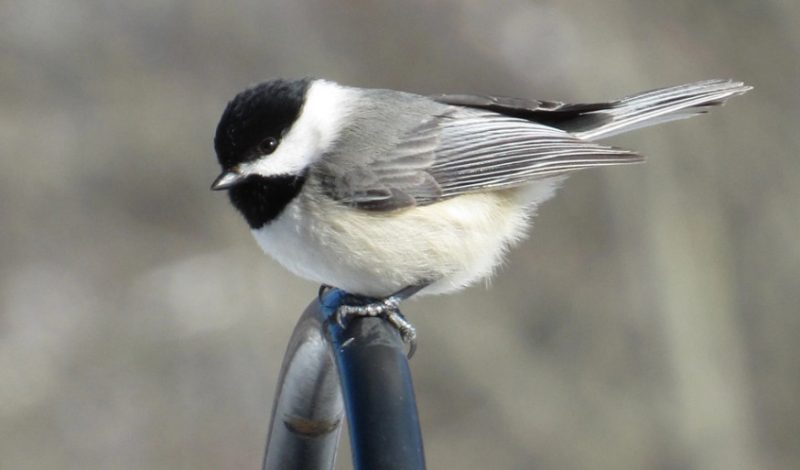
The Carolina Chickadee is a small, lively songbird that measures about 4.7–5.1 inches in length with a wingspan of 6–8 inches. It has a distinctive black cap and bib, white cheeks, and soft grayish wings and back, making it easy to recognize. Its short, stubby bill is well-suited for picking insects and seeds, and its rapid, high-pitched “chick-a-dee-dee-dee” call is a familiar sound in South Carolina’s woodlands and suburban yards.
This chickadee thrives in mixed and deciduous forests, forest edges, and residential areas with plenty of mature trees. It is a year-round resident in South Carolina and frequently visits backyard feeders, especially in winter. Their diet consists mainly of insects, spiders, and caterpillars during the warmer months, while seeds, berries, and suet become their primary food sources in colder weather. Chickadees are known for their habit of caching food, storing seeds and insects in bark crevices to retrieve later.
Carolina Chickadees are curious and energetic, often hanging upside down on branches or feeder perches while foraging. They form small flocks in winter, sometimes joining mixed-species groups with titmice, nuthatches, and woodpeckers. Their adaptability to suburban environments and their bold personality make them a delightful presence in South Carolina’s backyards year-round.
Tufted Titmouse (Baeolophus bicolor)
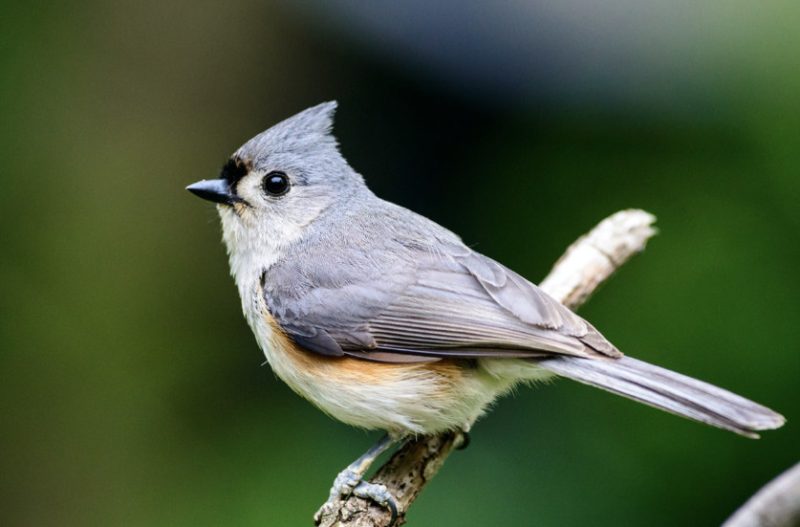
The Tufted Titmouse is a medium-sized songbird measuring about 5.5–6.3 inches long with a wingspan of 7.9–10.2 inches. It has soft gray plumage, a white face and belly, and a prominent tufted crest on its head, which gives it a distinctive appearance. A small black patch just above its bill adds to its charming facial features. Its clear whistled “peter-peter-peter” call is a common sound in South Carolina woodlands.
These birds inhabit deciduous and mixed forests, forest edges, and well-wooded residential areas. They are year-round residents in South Carolina and readily visit backyard feeders. Their diet mainly includes seeds, acorns, nuts, berries, and insects. Tufted Titmice often carry food to a perch, hold it with their feet, and hammer it open with their beak. Like chickadees, they also cache food for later use, especially in colder months.
Tufted Titmice are agile and social, frequently traveling in small family groups or mixed flocks with chickadees and nuthatches. They are cavity nesters, often using old woodpecker holes or nest boxes. Their inquisitive behavior and soft, whistled songs make them a delightful addition to South Carolina’s backyard bird community.
Eastern Bluebird (Sialia sialis)
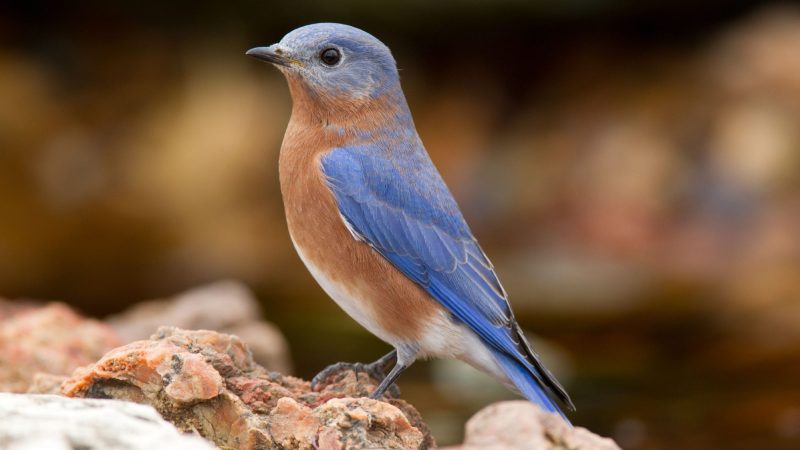
The Eastern Bluebird is a medium-sized thrush, measuring about 6.3–8.3 inches long with a wingspan of 9.8–12.6 inches. Males are striking with bright blue upperparts and a rusty-red chest, while females are more subdued with grayish-blue wings and a lighter, buff-colored breast. Their soft warbling songs and gentle calls are often heard in open fields and meadows.
Eastern Bluebirds prefer open habitats with scattered trees, pastures, and suburban parks. In South Carolina, they are permanent residents and can be seen year-round, especially around nest boxes or wooden fence posts. Their diet consists mainly of insects such as beetles, grasshoppers, and caterpillars during the breeding season, while berries and fruits make up a significant part of their winter diet.
Bluebirds are cavity nesters and readily use nest boxes, making them a favorite for backyard bird enthusiasts. They are territorial during breeding season, with males performing fluttering displays to attract females. Social and often seen perching on wires or fence posts, Eastern Bluebirds are considered a symbol of happiness and are a welcome sight across South Carolina’s rural and suburban landscapes.
American Robin (Turdus migratorius)
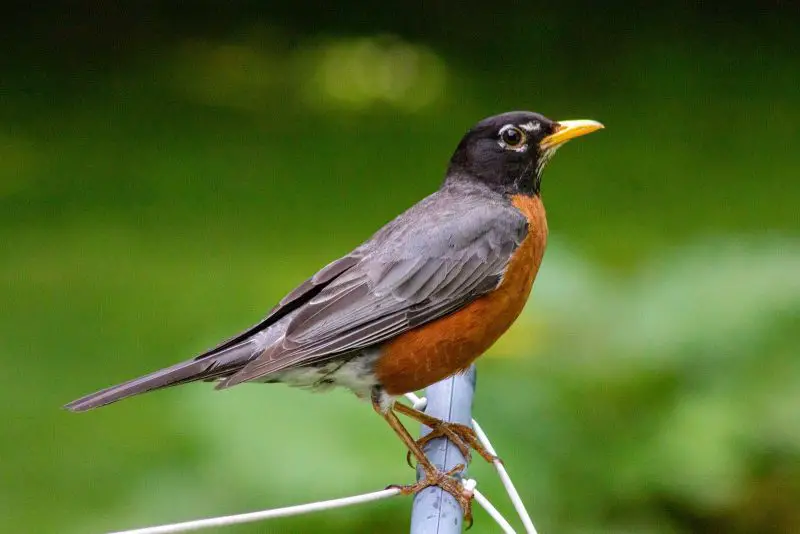
The American Robin is a familiar and widespread thrush, measuring 9–11 inches long with a wingspan of 12–16 inches. It is easily identified by its grayish-brown back, warm reddish-orange breast, and white eye-ring. Males and females look similar, although males often appear slightly brighter. Their cheerful “cheerily-cheer-up” song is one of the first signs of spring in South Carolina.
Robins thrive in various habitats, including woodlands, parks, lawns, and gardens. They are year-round residents in South Carolina, though some northern populations migrate south during winter. Their diet primarily consists of earthworms, insects, and caterpillars during warmer months, while berries and fruits become more important in winter. They are often seen hopping across lawns, listening for earthworms underground.
American Robins are social outside the breeding season, often forming large flocks in fall and winter. They build cup-shaped nests from mud and grass, usually in trees or shrubs. Their adaptability to human-altered landscapes and their lively foraging behavior make them one of the most commonly observed backyard birds in South Carolina.
Carolina Wren (Thryothorus ludovicianus)
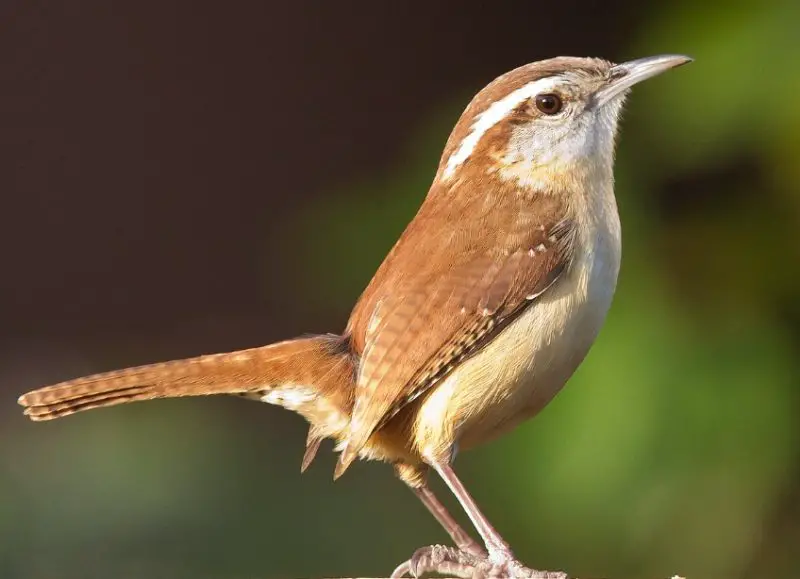
The Carolina Wren is a small, energetic bird measuring about 4.7–5.5 inches long with a wingspan of 11 inches. It is easily recognized by its rich reddish-brown plumage, buff-colored underparts, and a bold white eyebrow stripe that contrasts sharply with its darker head. Its slightly curved bill is well-suited for probing into bark and crevices. Known for its loud and musical “teakettle-teakettle-teakettle” song, the Carolina Wren is one of the most vocal backyard birds in South Carolina.
This species is a year-round resident in South Carolina and prefers dense shrubs, thickets, wooded areas, and brush piles. It adapts well to suburban gardens, especially where there is plenty of ground cover. Its diet consists mostly of insects, spiders, caterpillars, and beetles, although it will also eat seeds, berries, and suet, particularly in winter. Carolina Wrens are frequent visitors to backyard feeders when offered mealworms or peanut butter blends.
Carolina Wrens are curious and active, often hopping low to the ground while searching for food. They build dome-shaped nests in cavities, hanging baskets, or even flowerpots. Pairs remain together year-round and defend their territory with constant singing. Their adaptability and bold nature make them a familiar sight across South Carolina.
Red-bellied Woodpecker (Melanerpes carolinus)
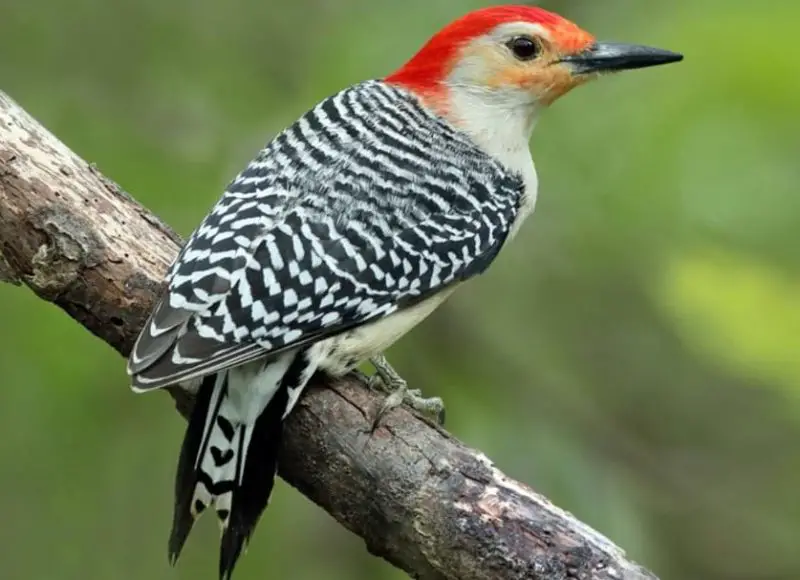
The Red-bellied Woodpecker is a medium-sized woodpecker measuring 9–10.5 inches in length with a wingspan of 13–17 inches. It has striking black-and-white barred wings and back, a pale face, and a faint reddish wash on its belly that can be difficult to see. Males have a bright red crown extending from the beak to the nape, while females only have red on the back of the head. Its rolling “churr” calls are commonly heard in South Carolina forests.
This woodpecker inhabits deciduous and mixed woodlands, suburban parks, and wooded yards. It is a permanent resident in South Carolina and frequently visits backyard feeders, especially those offering suet, peanuts, or sunflower seeds. Its diet includes insects, spiders, nuts, seeds, and fruits. Red-bellied Woodpeckers often store food in tree bark crevices to retrieve later.
Red-bellied Woodpeckers are agile climbers, frequently seen hitching up tree trunks or clinging to large branches while foraging. They excavate cavities in dead trees for nesting and may reuse old holes. Their bold behavior, striking pattern, and loud calls make them one of the most noticeable woodpeckers in South Carolina.
Downy Woodpecker (Dryobates pubescens)
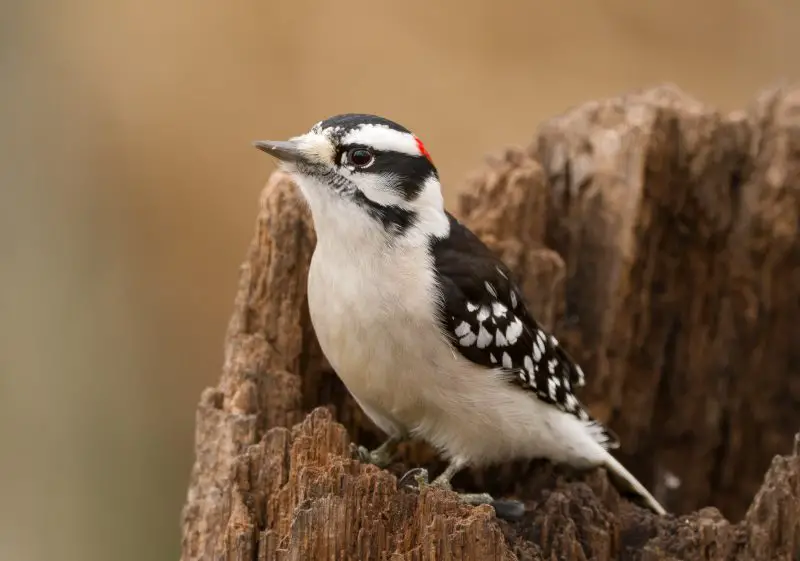
The Downy Woodpecker is the smallest woodpecker in North America, measuring 5.5–6.7 inches in length with a wingspan of 9.8–11.8 inches. It has a black-and-white checkered pattern, a white belly, and a broad white stripe down the back. Males have a small red patch on the back of the head, while females lack this marking. Its short bill, proportionally smaller than other woodpeckers, is a key identification feature.
This species thrives in a variety of habitats, including deciduous forests, parks, orchards, and suburban yards. It is a year-round resident in South Carolina and often visits backyard feeders, especially for suet, peanuts, and sunflower seeds. Downy Woodpeckers feed primarily on insects, larvae, ants, and caterpillars, but they also eat seeds and berries when insects are scarce.
Downy Woodpeckers are active and acrobatic, often seen drumming softly on branches or hanging upside down while foraging. They nest in tree cavities, usually in dead or decaying wood. These small woodpeckers are friendly and often join mixed-species feeding flocks with chickadees and titmice, making them a favorite among South Carolina birdwatchers.
Hairy Woodpecker (Dryobates villosus)
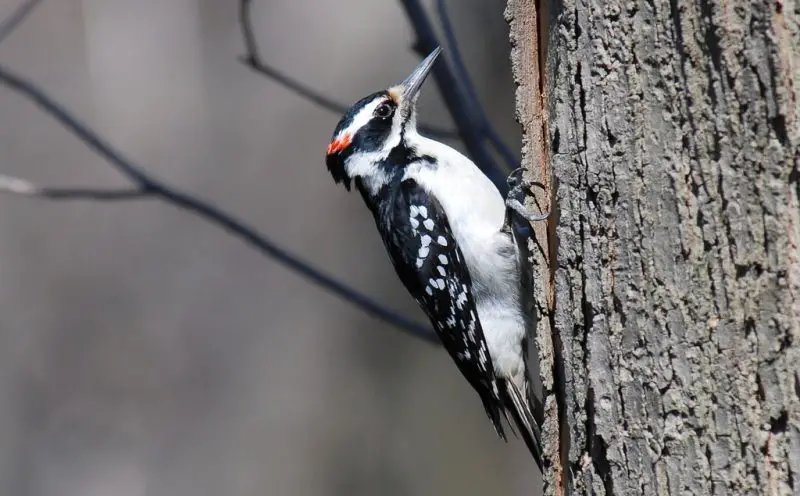
The Hairy Woodpecker is similar in appearance to the Downy Woodpecker but larger, measuring 7.1–10.2 inches long with a wingspan of 13–16 inches. It has a striking black-and-white pattern, a long straight bill, and a white back stripe. Males have a small red patch on the back of the head, while females do not. Its sharp “peek” calls and strong drumming sounds are often heard in South Carolina forests.
Hairy Woodpeckers prefer mature forests, woodlots, and forest edges, but they can also be found in suburban areas with large trees. They are permanent residents in South Carolina and occasionally visit feeders for suet, peanuts, and sunflower seeds. Their diet consists mostly of beetle larvae, ants, caterpillars, and other insects, although they also eat seeds, nuts, and berries.
These woodpeckers are skilled foragers, often seen pecking at tree trunks in search of hidden insects. They excavate nest cavities in dead trees or branches, typically returning to the same area each year. Their larger size and louder drumming make them easier to detect, and they are often seen alongside Downy Woodpeckers, though they are less common in suburban yards.
Pileated Woodpecker (Dryocopus pileatus)
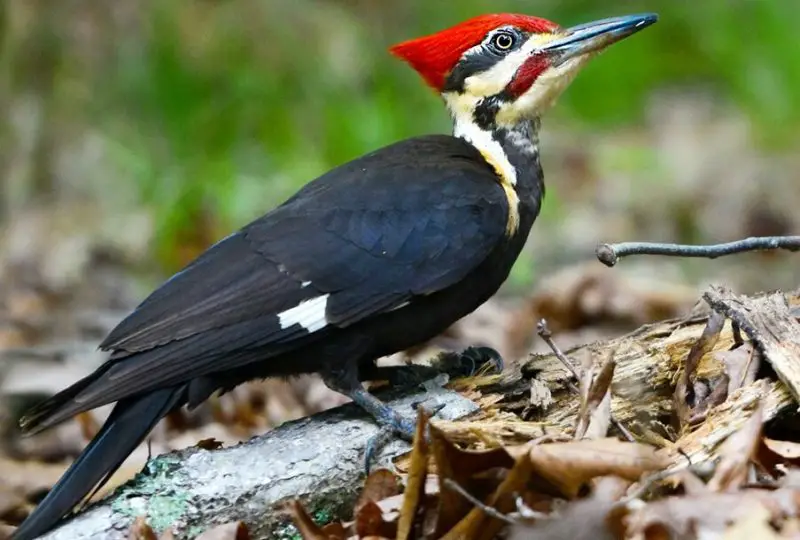
The Pileated Woodpecker is the largest woodpecker in North America, measuring 16–19 inches long with a wingspan of 26–30 inches. It is unmistakable, with a striking black body, bold white stripes on the neck, and a large flaming-red crest. Males have an additional red stripe on the cheek, while females do not. Its loud, ringing “kuk-kuk-kuk” call and powerful drumming can be heard from a distance.
This woodpecker prefers mature forests with large trees, swamps, and wooded parks. In South Carolina, it is a permanent resident and occasionally ventures into suburban areas with dense woods. Its diet consists mainly of carpenter ants and wood-boring beetle larvae, which it excavates from dead trees, leaving large rectangular holes. It also eats fruits, nuts, and berries when insects are scarce.
Pileated Woodpeckers are shy but impressive to watch, often seen climbing tree trunks or hammering loudly on decayed wood. They excavate large nesting cavities in dead trees, which are later used by other species such as owls and wood ducks. Their striking appearance and loud calls make them one of the most exciting birds to spot in South Carolina’s forests.
Blue Jay (Cyanocitta cristata)
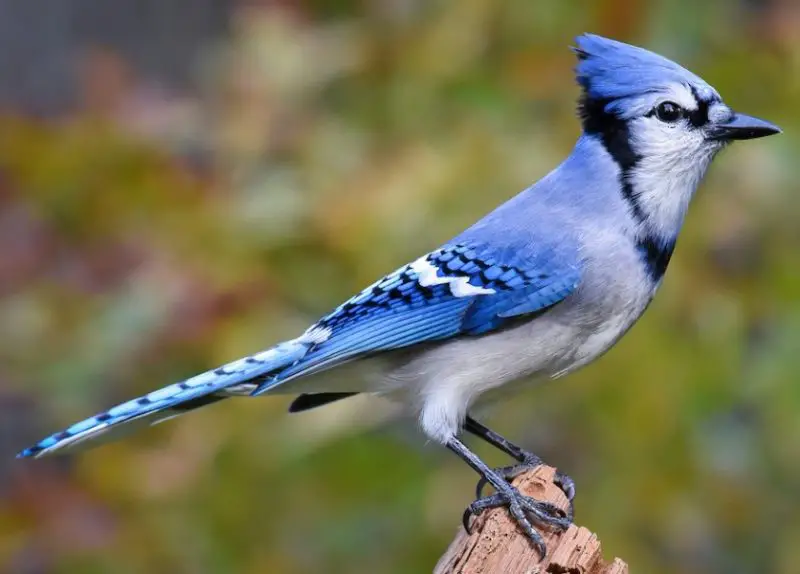
The Blue Jay is a striking and intelligent bird, measuring 9–12 inches in length with a wingspan of 13–17 inches. It has vivid blue upperparts, a white face and underparts, and a distinct black necklace around its throat. Its crest, which can be raised or lowered depending on mood, and its loud “jay-jay” calls make it highly recognizable. The wings and tail are patterned with black bars and white spots, adding to its bold appearance.
Blue Jays inhabit forests, woodlots, and suburban areas throughout South Carolina and are year-round residents. They are omnivorous, feeding on insects, nuts, seeds, berries, and occasionally eggs or nestlings of other birds. They are particularly fond of acorns and often store them for later use, helping in the dispersal of oak trees. At feeders, they prefer peanuts, sunflower seeds, and suet.
These birds are social and often travel in family groups or loose flocks. They are known for their intelligence, mimicking hawk calls to scare other birds away from food sources. Though sometimes seen as aggressive, Blue Jays play an important ecological role as seed dispersers. Their bright plumage and lively behavior make them a common yet entertaining sight in South Carolina backyards.
American Crow (Corvus brachyrhynchos)
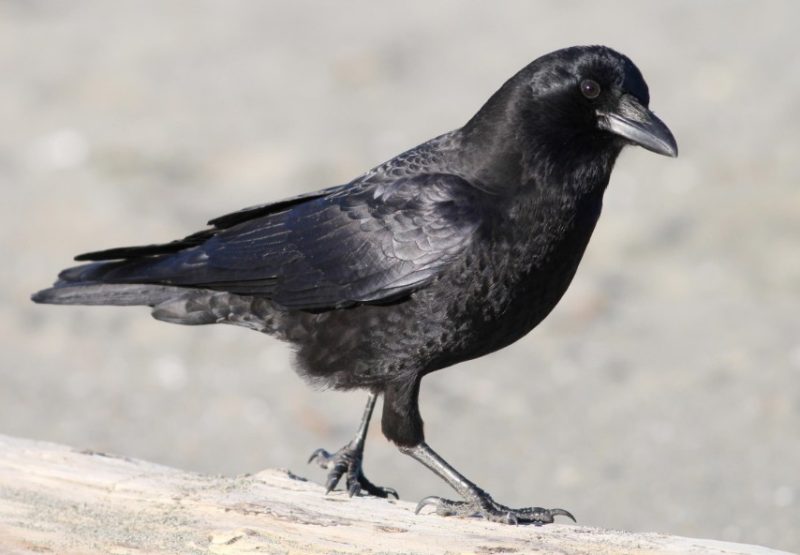
The American Crow is a large, glossy-black bird measuring 16–21 inches in length with a wingspan of 33–39 inches. Its all-black plumage, sturdy black bill, and fan-shaped tail distinguish it from other blackbirds. Its familiar “caw-caw” calls are loud and carry long distances, making it easy to identify even before it is seen.
Crows are highly adaptable and thrive in a variety of habitats, including forests, farmlands, towns, and suburban areas. They are year-round residents in South Carolina and are often seen foraging in open fields, perched on utility poles, or scavenging near roadsides. Their diet is omnivorous and opportunistic, consisting of insects, small animals, eggs, carrion, fruits, seeds, and human food scraps.
American Crows are highly intelligent and social, often forming large communal roosts in winter. They are known for using tools, problem-solving, and even recognizing human faces. While sometimes considered pests due to their crop-raiding habits, they are important scavengers that help clean up carrion. Their loud calls and social behavior make them a familiar presence throughout South Carolina.
Common Grackle (Quiscalus quiscula)
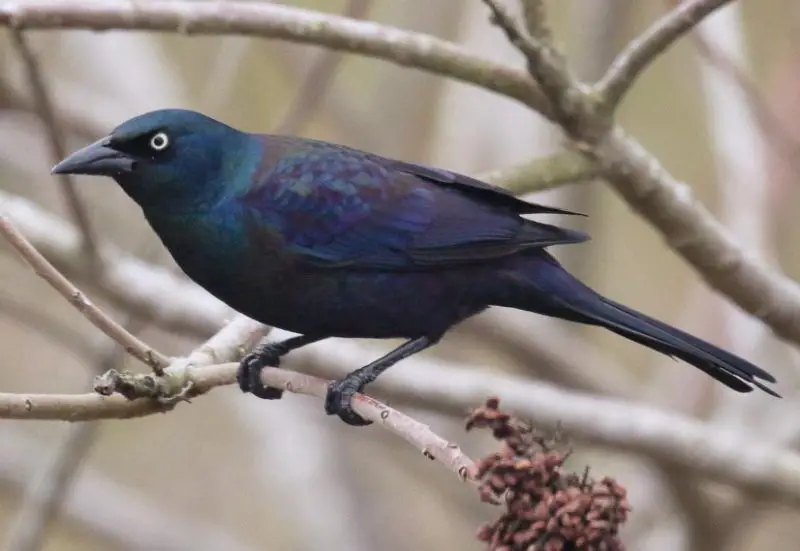
The Common Grackle is a large blackbird measuring 11–13 inches in length with a wingspan of 14–18 inches. It has glossy black plumage with iridescent purple, blue, and green sheen, especially noticeable on the head and back in sunlight. Its long keel-shaped tail, pale yellow eyes, and stout bill are key identification features.
Grackles are common in open woodlands, fields, agricultural areas, and suburban yards across South Carolina. They are year-round residents and often gather in large, noisy flocks, especially outside the breeding season. Their diet includes insects, seeds, grains, fruits, and small animals such as frogs or even other birds’ nestlings. They are frequent visitors to feeders, particularly when corn, sunflower seeds, or suet is available.
Common Grackles are bold and aggressive, often dominating smaller birds at feeding stations. They are highly social, forming massive roosts with other blackbirds and starlings in winter. Their metallic “squeaky-hinge” calls and glossy plumage make them an unmistakable part of South Carolina’s bird population, despite their sometimes troublesome behavior in gardens and farms.
Brown-headed Cowbird (Molothrus ater)
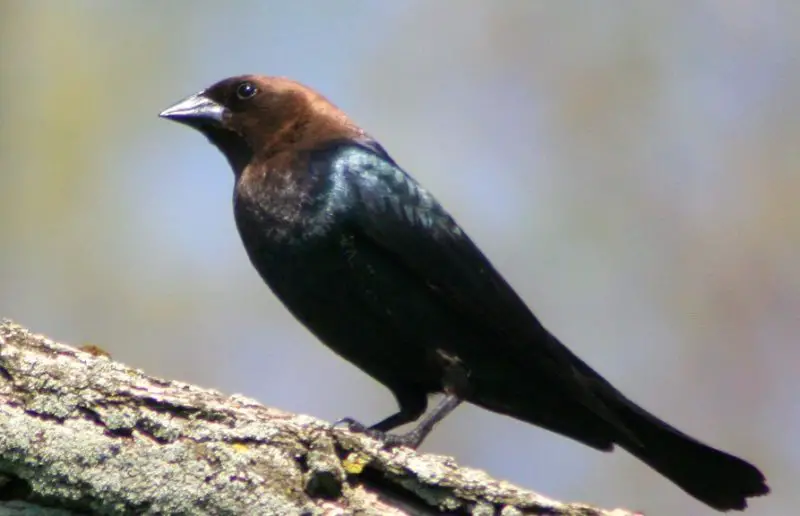
The Brown-headed Cowbird is a medium-sized blackbird measuring 7.5–8.7 inches long with a wingspan of 12–15 inches. Males have glossy black bodies with a distinct brown head, while females are plain brown with streaked underparts. Their soft “glug-glug-glee” song and sharp whistles are frequently heard in open habitats.
These birds thrive in grasslands, forest edges, pastures, and suburban areas throughout South Carolina. They are year-round residents and often forage on the ground, feeding on seeds, insects, and grains. Cowbirds frequently follow grazing animals, eating insects stirred up by hooves, a habit that earned them their name.
Brown-headed Cowbirds are brood parasites, laying their eggs in the nests of other bird species instead of building their own. The host birds unknowingly raise cowbird chicks, often at the expense of their own young. Despite this behavior, Cowbirds are a natural part of South Carolina’s ecosystem and are often seen in mixed flocks with blackbirds and grackles.
House Finch (Haemorhous mexicanus)
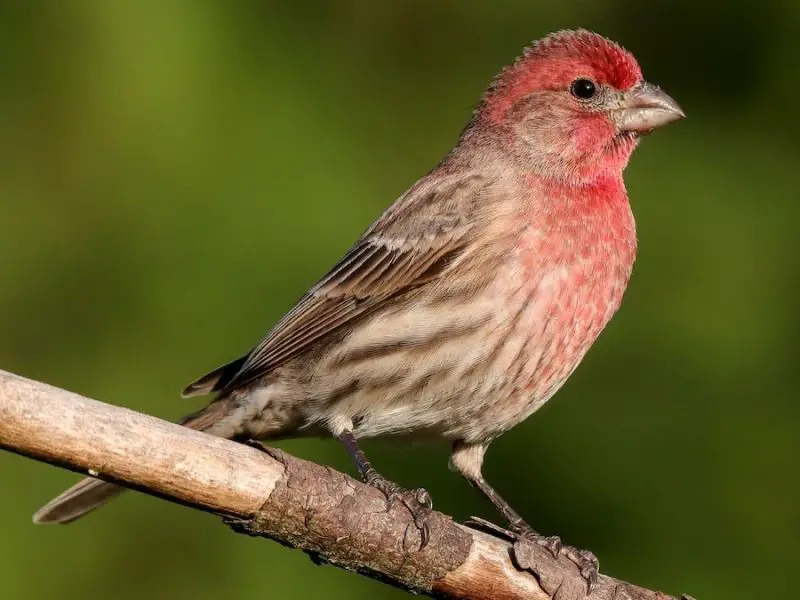
The House Finch is a small, social finch measuring 5–6 inches in length with a wingspan of 8–10 inches. Males are easily recognized by their red foreheads, throats, and chests, which can range from bright crimson to orange or yellow, while females are streaked brown overall. Both sexes have a short, conical bill adapted for cracking seeds.
House Finches are common year-round residents in South Carolina, thriving in suburban gardens, parks, and city areas. They prefer open habitats with shrubs and trees for perching and nesting. Their diet consists mainly of seeds, buds, and fruits, with sunflower seeds and nyjer seeds being favorites at backyard feeders. During breeding season, they may also consume small insects for added protein.
These finches are social and often gather in small flocks, especially in winter. Males sing cheerful warbling songs from perches to attract mates, while pairs often remain together for life. Their adaptability and colorful plumage make them one of the most frequent feeder visitors in South Carolina neighborhoods.
Purple Finch (Haemorhous purpureus)
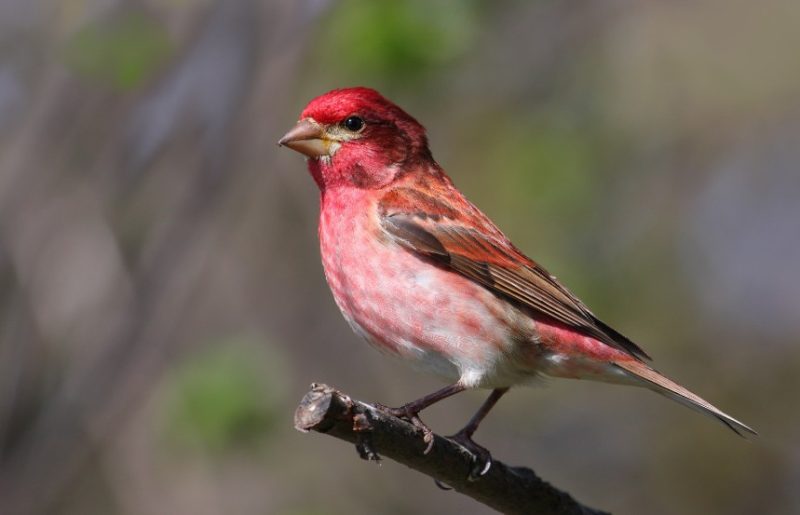
The Purple Finch is a medium-sized finch measuring 4.7–6.3 inches in length with a wingspan of 8.7–10.2 inches. Males are easily identified by their raspberry-red plumage, which covers the head, chest, and back, blending into streaked brown wings. Females, on the other hand, are streaked brown and white, with a bold white eyebrow stripe. Their rich, warbling song is often heard from treetops during the breeding season.
Purple Finches inhabit coniferous and mixed forests, forest edges, and wooded suburban areas. In South Carolina, they are mostly winter visitors, though some may linger into early spring. Their diet consists primarily of seeds, buds, and berries, and they are frequent visitors to feeders stocked with sunflower seeds and nyjer. During the breeding season, they also consume insects for added protein.
These finches are active and often seen in small flocks during migration and winter. They forage in trees and shrubs, sometimes hanging upside down to reach seeds or berries. Their colorful plumage and cheerful songs make them a welcome sight in South Carolina backyards during the cooler months.
American Goldfinch (Spinus tristis)
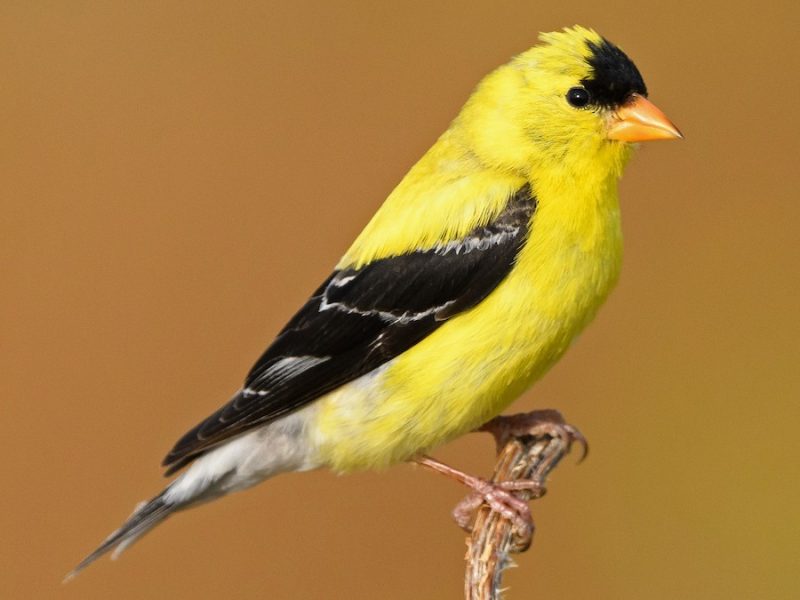
The American Goldfinch is a small, brightly colored finch measuring 4.3–5.1 inches long with a wingspan of 7.5–8.7 inches. Males in breeding plumage are brilliant yellow with a black forehead, black wings with white markings, and a short conical bill. Females are duller, with olive-yellow plumage and less distinct markings. In winter, both sexes molt into a muted brownish color.
Goldfinches prefer open fields, meadows, and weedy areas, but they are also common in suburban gardens. They are year-round residents in South Carolina, though their numbers increase in winter as northern populations migrate south. Their diet consists almost entirely of seeds, particularly sunflower, thistle, and dandelion seeds, and they are frequent visitors to nyjer feeders.
These finches are acrobatic and often cling to seed heads while feeding. They breed later than most songbirds, nesting in late summer when thistle and milkweed seeds are abundant. Their cheerful “per-chick-o-ree” flight call and undulating flight pattern make them easy to recognize in South Carolina’s open habitats.
Pine Siskin (Spinus pinus)
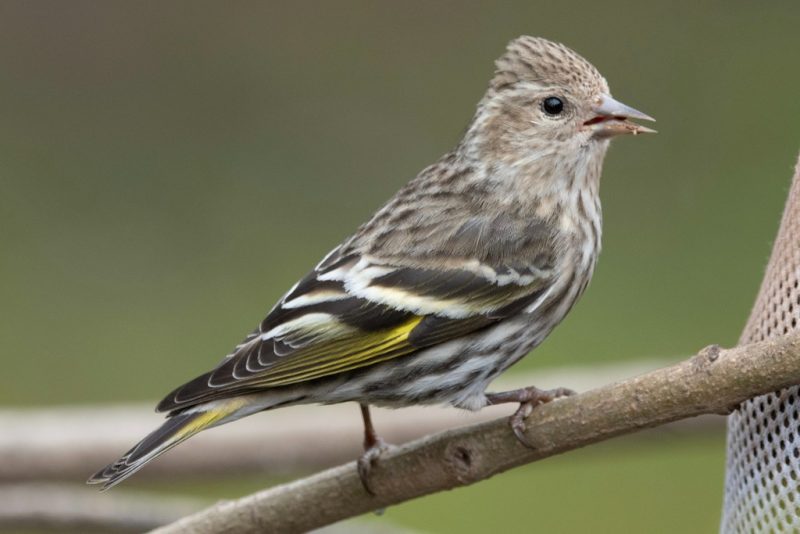
The Pine Siskin is a small, streaky finch measuring 4.3–5.5 inches long with a wingspan of 7–8.7 inches. It has heavily streaked brown plumage with hints of yellow on the wings and tail, which become more visible in flight. Its slender, pointed bill is adapted for extracting seeds from conifer cones. Its raspy “zreeee” call is often heard when flocks are feeding or flying.
Pine Siskins are irregular winter visitors in South Carolina, with their numbers varying depending on food availability in the north. They prefer coniferous and mixed forests but are also found in suburban yards with feeders. Their diet consists mainly of seeds, especially from conifers, alder, and birch, but they also eat sunflower and nyjer seeds at feeders.
These finches are social and often travel in flocks, sometimes mixing with goldfinches. They are agile foragers, frequently hanging upside down on seed heads or clinging to feeders in groups. Their nomadic movements and occasional winter irruptions make them an exciting species for birdwatchers in South Carolina.
White-throated Sparrow (Zonotrichia albicollis)
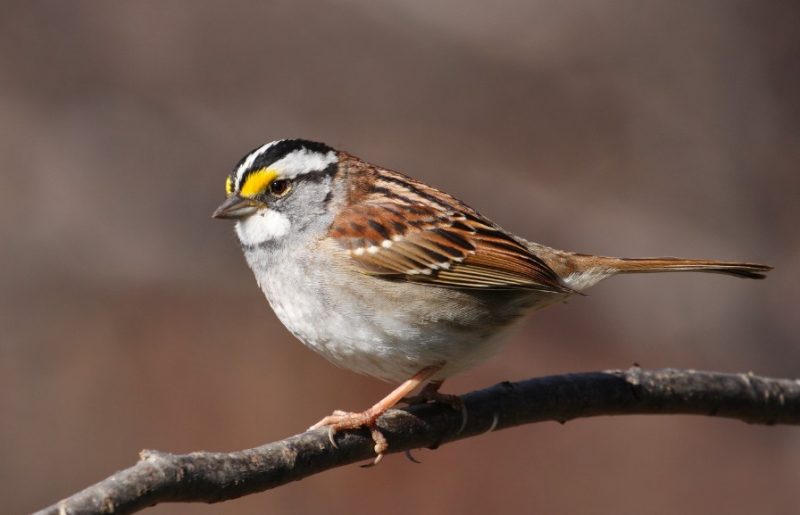
The White-throated Sparrow is a medium-sized sparrow measuring 6.3–7.1 inches long with a wingspan of 7.9–9.1 inches. It has brown-streaked upperparts, gray underparts, and a distinctive white throat patch. Its head is marked with either bright white or tan stripes and a yellow spot between the eye and bill. Its clear, whistled “Oh-sweet-Canada-Canada” song is a familiar sound in its breeding range.
In South Carolina, White-throated Sparrows are winter visitors, arriving in late fall and staying through early spring. They inhabit forest edges, thickets, brushy fields, and suburban gardens, often foraging on the ground for seeds, berries, and insects. At feeders, they prefer millet and sunflower seeds scattered on the ground.
These sparrows are social during winter, often foraging in loose flocks. They scratch the ground with a double-hop motion to uncover food. Their calm behavior and attractive markings make them a favorite winter bird among South Carolina backyard birdwatchers.
Chipping Sparrow (Spizella passerina)
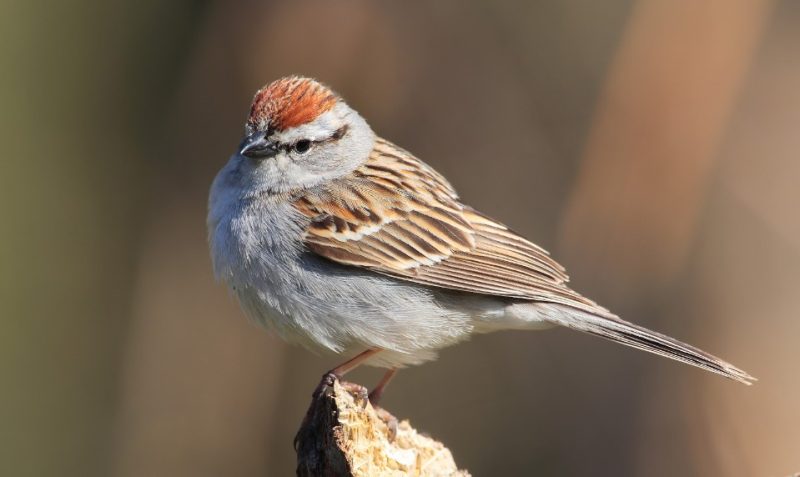
The Chipping Sparrow is a small, slim sparrow measuring 4.7–5.9 inches long with a wingspan of 8.3 inches. It is easily recognized by its rusty-red crown, white eyebrow stripe, and black eye line. Its underparts are plain gray, and its bill is short and pointed. Its dry, mechanical “trill” song is a familiar sound in spring and summer.
Chipping Sparrows are common year-round residents in South Carolina, although some northern populations migrate south in winter, increasing their numbers. They prefer open woodlands, grassy lawns, and suburban yards with scattered trees. Their diet consists mostly of seeds and grains, with insects becoming an important food source during the breeding season.
These sparrows are social and often forage in small flocks outside the breeding season. They are frequent visitors to backyard feeders, especially for millet and cracked corn. Their tame nature and distinctive reddish crown make them one of the most recognizable sparrows in South Carolina.
Song Sparrow (Melospiza melodia)
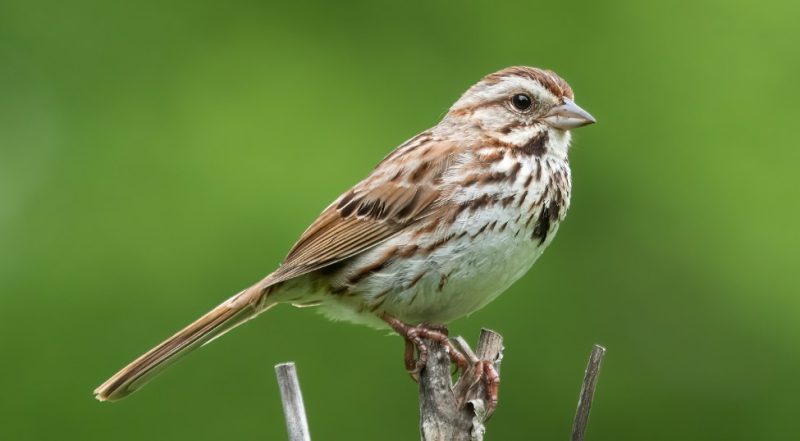
The Song Sparrow is a medium-sized sparrow measuring 4.7–6.7 inches in length with a wingspan of 7.1–9.4 inches. It is easily identified by its streaky brown plumage, grayish face, and a distinctive dark central spot on its chest. Its long, rounded tail and heavy streaking help distinguish it from other sparrows. The male’s cheerful, melodic song, often described as a series of clear notes followed by trills, is a common sound in its habitat.
Song Sparrows are found in South Carolina mainly during winter, though some may remain year-round in suitable habitats. They prefer marsh edges, brushy fields, forest edges, and suburban gardens. Their diet consists primarily of seeds and grains in winter, while insects, caterpillars, and spiders become more important during the breeding season. At feeders, they often forage on the ground for millet and sunflower seeds.
These sparrows are solitary or found in small loose flocks during the colder months. They hop actively on the ground, scratching leaf litter in search of food. Their adaptability to a variety of habitats and their musical songs make them a favorite among bird enthusiasts in South Carolina.
Dark-eyed Junco (Junco hyemalis)
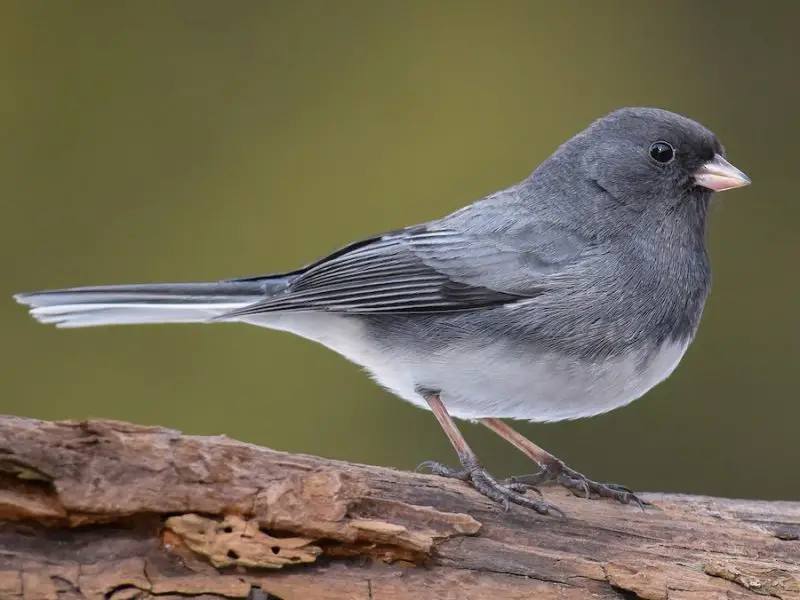
The Dark-eyed Junco is a small, slate-colored sparrow measuring 5.1–6.9 inches long with a wingspan of 7.1–9.8 inches. Eastern populations, which are common in South Carolina, have dark gray upperparts, a white belly, and white outer tail feathers that flash in flight. Their pinkish bill and simple “tchip” call make them easy to identify in winter flocks.
Dark-eyed Juncos are winter visitors in South Carolina, arriving in late fall and leaving by early spring. They prefer open woodlands, forest edges, fields, and backyards with dense shrubs for cover. Their diet consists mainly of seeds and grains during the winter, with insects and small invertebrates making up a larger portion of their diet during the breeding season further north. They are common feeder visitors, especially when millet or sunflower seeds are scattered on the ground.
These sparrows are social in winter, often foraging in small flocks. They hop along the ground scratching at leaves to uncover food and frequently flick their tails. Their cheerful presence and clean plumage make them one of the most welcomed winter birds in South Carolina.
Eastern Towhee (Pipilo erythrophthalmus)
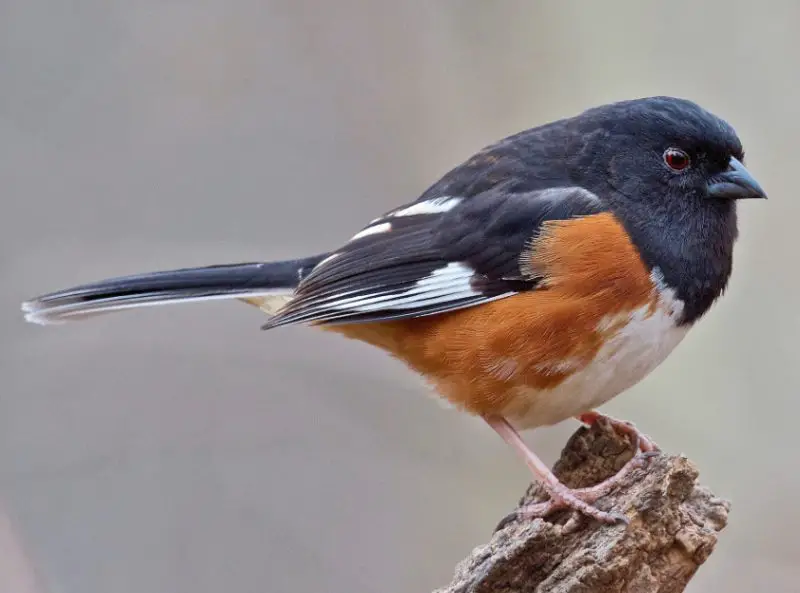
The Eastern Towhee is a striking, large sparrow measuring 6.8–8.2 inches in length with a wingspan of 7.9–11 inches. Males have black upperparts, a black hood, rufous sides, and a white belly, while females are brown where males are black. Both sexes have red eyes and a long tail with white edges. Their sharp “chewink” or “tow-hee” call gives them their name.
These birds are year-round residents in South Carolina, inhabiting forest edges, brushy thickets, and overgrown fields. Their diet consists mostly of seeds, acorns, and berries, with insects such as beetles, caterpillars, and grasshoppers being important during the breeding season. They occasionally visit ground feeders for sunflower seeds and cracked corn.
Eastern Towhees are often heard scratching noisily in leaf litter with a two-footed “hop and kick” motion while searching for food. Males sing from exposed perches in spring, producing a cheerful “drink-your-tea” song. Their bold coloration and foraging behavior make them a favorite among South Carolina birdwatchers.
Brown Thrasher (Toxostoma rufum)
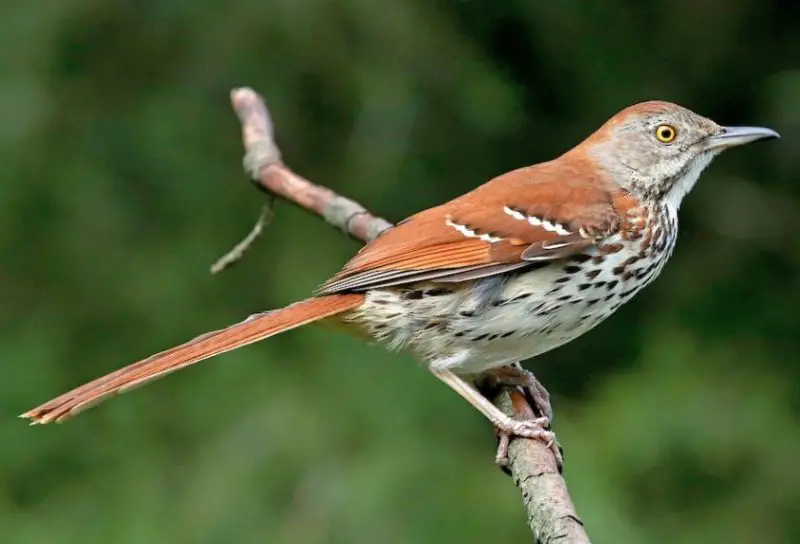
The Brown Thrasher is a large, slender songbird measuring 9.3–11.8 inches long with a wingspan of 11–13 inches. It has rich reddish-brown upperparts, a streaked white chest, and bright yellow eyes. Its long, slightly curved bill and long tail give it an elegant appearance. Brown Thrashers are known for their impressive vocal repertoire, capable of singing over 1,000 different song variations.
These birds are year-round residents in South Carolina, preferring dense thickets, forest edges, hedgerows, and suburban gardens with heavy shrubbery. Their diet consists mainly of insects, earthworms, and snails, but they also eat berries, fruits, and seeds, especially in fall and winter. They occasionally visit ground feeders for suet, peanuts, or cracked corn.
Brown Thrashers are secretive and often forage under dense vegetation, using their long bills to sweep aside leaf litter in search of food. Although shy, they can be quite aggressive in defending their nests. Their rich, varied songs and elusive behavior make spotting one a rewarding experience for birders in South Carolina.
Gray Catbird (Dumetella carolinensis)
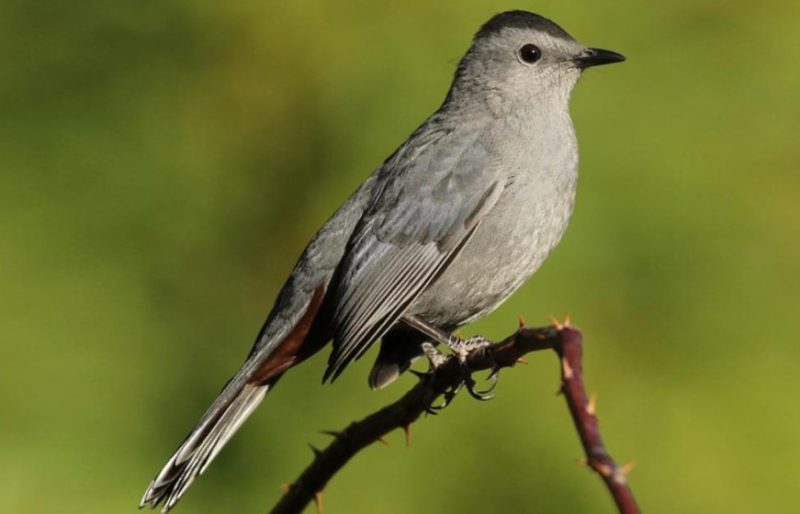
The Gray Catbird is a medium-sized, slender songbird measuring 8.3–9.4 inches long with a wingspan of 8.7–11.8 inches. It is uniformly slate-gray with a darker cap, a rusty patch under the tail, and a blackish tail. Its distinctive cat-like “mew” call gives it its name, although it also sings a series of whistles and warbling notes similar to mockingbirds.
Gray Catbirds are summer breeders and partial year-round residents in South Carolina, inhabiting dense shrubs, forest edges, and overgrown gardens. Their diet consists mainly of insects, spiders, and caterpillars during the breeding season, while fruits and berries become important in late summer and fall. They occasionally visit feeders for suet, raisins, or chopped fruits.
These birds are secretive and prefer to stay hidden in thick vegetation, but they often perch on exposed branches when singing. They are curious and sometimes follow humans in gardens, making soft calls. Their varied vocalizations and sleek appearance make them a delightful bird to spot in South Carolina’s backyards and woodlands.
Northern Mockingbird (Mimus polyglottos)
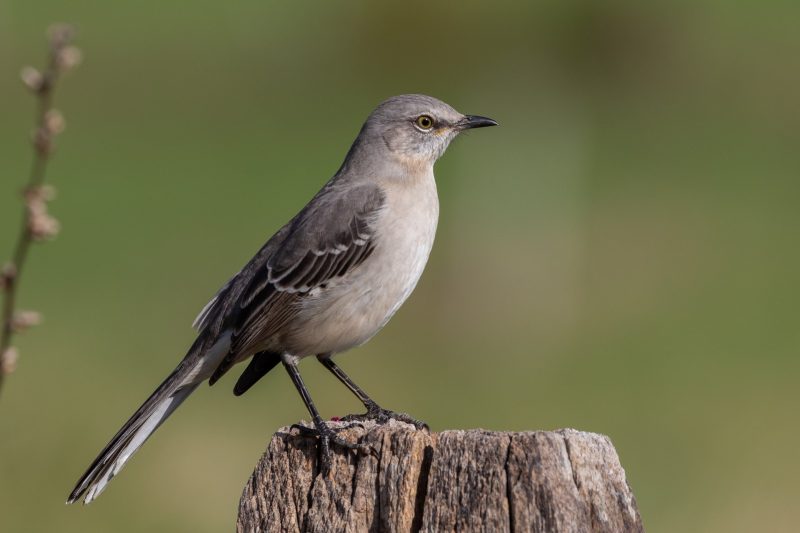
The Northern Mockingbird is a medium-sized songbird measuring 8.1–10.2 inches in length with a wingspan of 12–15 inches. It has gray upperparts, a lighter gray belly, and distinctive white wing patches that are especially visible in flight. Its long tail, outlined in white, adds to its striking appearance. This species is famous for its ability to mimic the songs of other birds, often singing long, complex sequences from exposed perches.
Northern Mockingbirds are year-round residents in South Carolina, inhabiting suburban gardens, forest edges, open fields, and parks. Their diet is omnivorous, consisting of insects such as beetles, grasshoppers, and caterpillars during spring and summer, and berries and fruits during fall and winter. They are occasional visitors to backyard feeders, especially when offered fruits or suet.
These birds are territorial and aggressive, especially during the breeding season, often chasing away intruders or even larger animals. They are active singers, performing throughout the day and even at night. Their vocal versatility and bold behavior make them a well-known and easily recognizable bird in South Carolina.
Yellow-rumped Warbler (Setophaga coronata)
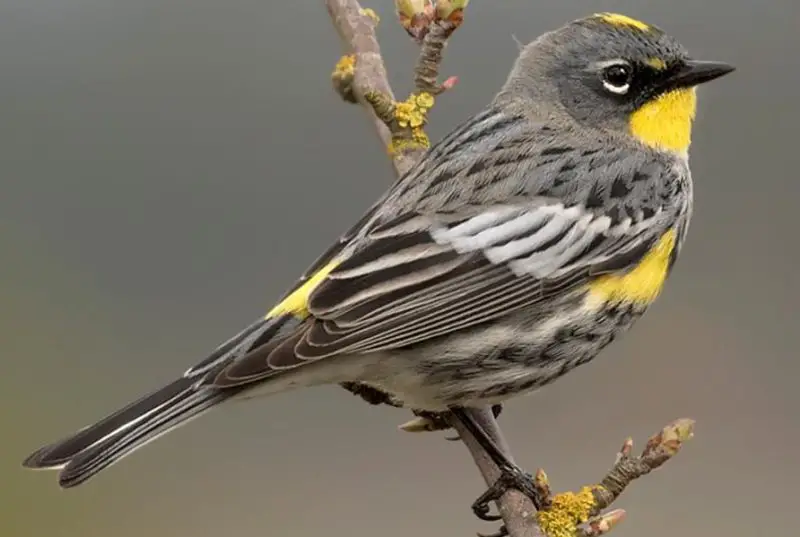
The Yellow-rumped Warbler is a small, active songbird measuring 4.7–5.5 inches long with a wingspan of 7.5–9.1 inches. It is easily identified by its gray upperparts, streaked sides, and bright yellow patches on the rump, crown, and sides. Its soft “chek” calls and varied warbling song are commonly heard during migration and winter.
These warblers are abundant winter visitors in South Carolina, found in open woodlands, forest edges, parks, and residential areas. Unlike many other warblers, they are able to digest waxy berries, such as wax myrtle and bayberry, which allows them to overwinter farther north than most warbler species. Their diet also includes insects, spiders, and caterpillars when available.
Yellow-rumped Warblers are often seen flitting through trees or sallying out to catch insects in midair. They travel in loose flocks during migration and winter, sometimes mixing with kinglets and chickadees. Their distinctive yellow rump, which flashes as they move, makes them easy to identify in South Carolina’s winter landscapes.
Pine Warbler (Setophaga pinus)
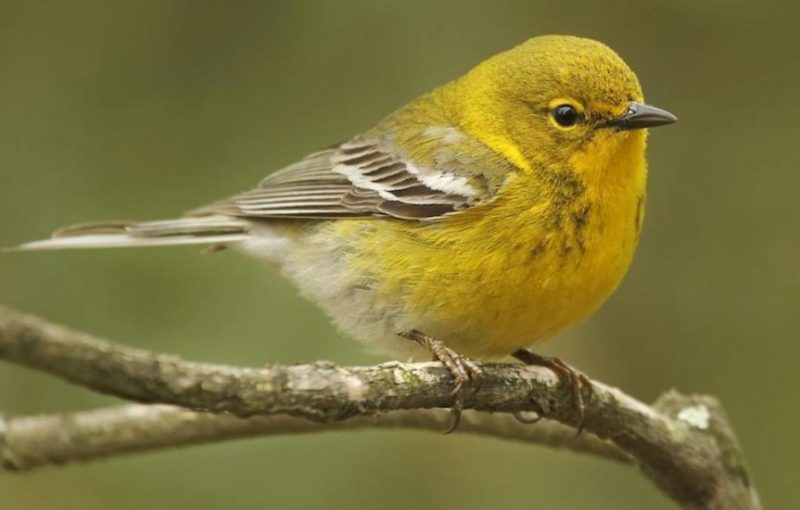
The Pine Warbler is a small, stocky warbler measuring 5–5.5 inches in length with a wingspan of 7.5–9 inches. It has olive-brown upperparts, yellow underparts, and two white wing bars. Males are brighter yellow on the throat and breast, while females and juveniles are duller. Its soft, musical trill is often heard high in pine trees.
True to its name, the Pine Warbler is closely associated with pine forests and mixed woodlands. In South Carolina, it is a year-round resident, preferring mature pine stands, forest edges, and sometimes suburban areas with large pines. Its diet consists mainly of insects and caterpillars during the breeding season, but it also eats seeds, pine nuts, and berries in winter. Pine Warblers are one of the few warblers that regularly visit feeders, where they eat suet, sunflower seeds, and even cracked corn.
These warblers are often seen creeping along pine branches or foraging on the ground in winter. Their soft trilling song is one of the first bird songs heard in late winter, signaling the approach of spring in South Carolina.
Ruby-throated Hummingbird (Archilochus colubris)
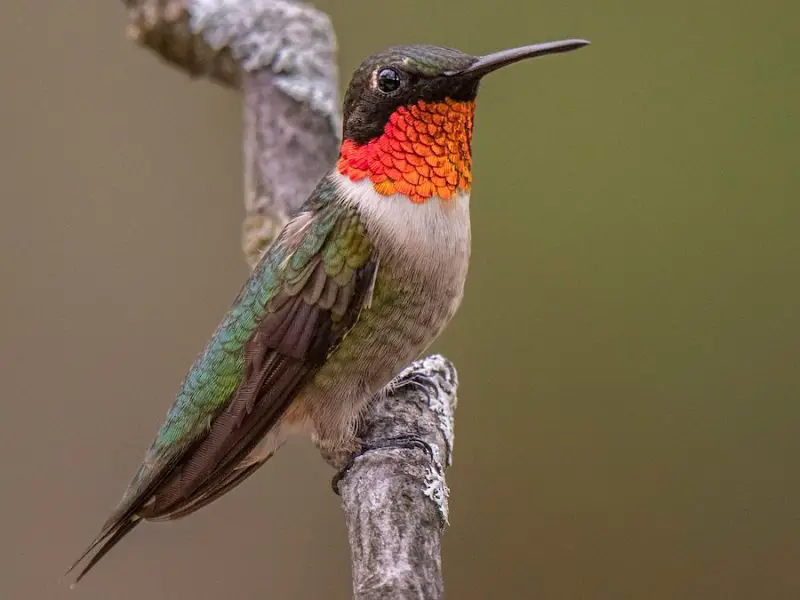
The Ruby-throated Hummingbird is a tiny, dazzling bird measuring 2.8–3.5 inches in length with a wingspan of 3.1–4.3 inches. Males are striking with an iridescent ruby-red throat, metallic green back, and white belly, while females lack the red throat and have a plainer white underpart. Their rapid wingbeats produce a soft humming sound, and they are capable of hovering and flying backward.
These hummingbirds are summer breeders in South Carolina, arriving in spring and departing in early fall. They inhabit gardens, forest edges, and meadows where nectar-rich flowers are abundant. Their diet consists mainly of flower nectar, but they also eat small insects and spiders for protein. They are frequent visitors to backyard feeders filled with sugar-water solutions.
Ruby-throated Hummingbirds are territorial, especially males, which aggressively chase other hummingbirds away from feeding areas. Their incredible flight agility and shimmering plumage make them one of the most fascinating birds to watch in South Carolina during the warmer months.
Mourning Dove (Zenaida macroura)
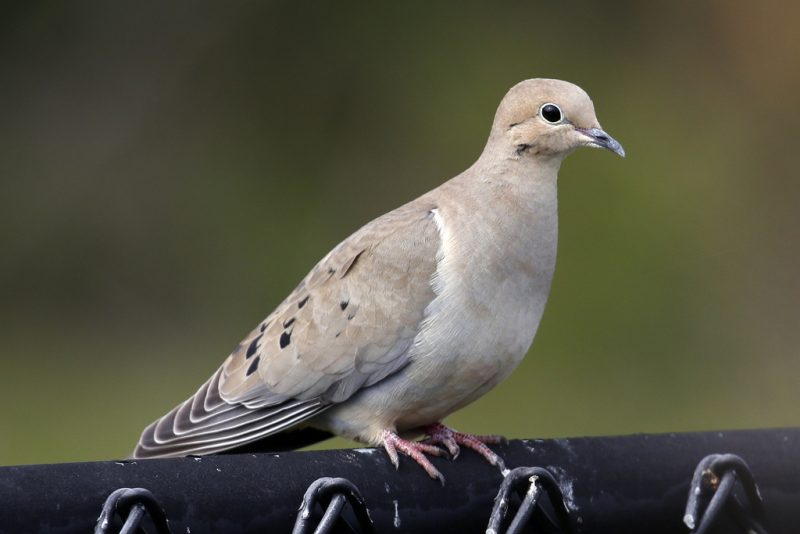
The Mourning Dove is a slender, graceful bird measuring 9–13 inches long with a wingspan of 17–18 inches. It has soft grayish-brown plumage, black spots on the wings, and a long, pointed tail with white edges. Its mournful “coo-oo” call gives the species its name, and its wings produce a distinctive whistling sound in flight.
Mourning Doves are abundant year-round residents in South Carolina, inhabiting open fields, farmland, forest edges, and suburban areas. Their diet consists almost entirely of seeds and grains, including millet, sunflower seeds, and corn. They are frequent visitors to ground feeders and often forage in pairs or small flocks.
These doves are gentle and fast flyers, capable of reaching speeds up to 55 mph. They build flimsy platform nests in trees, shrubs, or even on building ledges. Their soft calls and peaceful nature make them a familiar and beloved presence in South Carolina’s backyards.
Rock Pigeon (Columba livia)
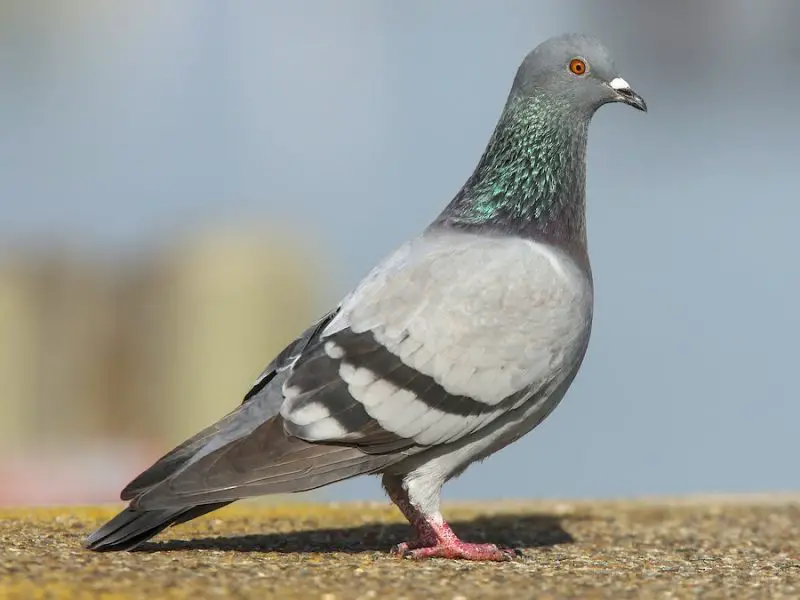
The Rock Pigeon is a stout, medium-sized bird measuring 11–13 inches in length with a wingspan of 19–26 inches. Its typical plumage is gray with two black wing bars, a white rump, and iridescent green and purple sheen around the neck. However, feral populations show a wide variety of colors, including all-white, brownish, or speckled patterns. Their low, cooing calls are commonly heard in urban areas.
Rock Pigeons are found year-round in South Carolina, thriving in cities, towns, farmlands, and open fields. They primarily feed on seeds, grains, and crumbs from human food sources. They forage mostly on the ground and often gather in large flocks around parks, sidewalks, and agricultural fields.
These pigeons are highly social and often form permanent flocks. They nest on building ledges, bridges, and other man-made structures, closely mimicking their natural cliff-dwelling habits. Though sometimes considered pests, they are an integral part of urban birdlife in South Carolina.
European Starling (Sturnus vulgaris)
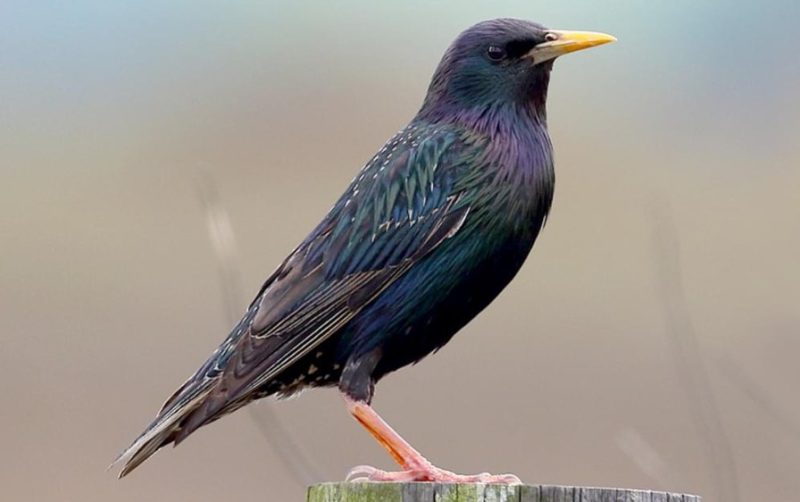
The European Starling is a stocky, medium-sized bird measuring 7.5–9 inches in length with a wingspan of 12–17 inches. In breeding plumage, adults have glossy black feathers with green and purple iridescence, while in winter, they show white spots on their bodies. Their long, pointed yellow bill turns dark in winter, and their sharp whistles and squeaky calls are distinctive.
Starlings are abundant year-round residents in South Carolina, often found in open fields, farmland, urban areas, and suburban lawns. They feed on insects, earthworms, seeds, and fruits, foraging mostly on the ground. They readily visit lawns and fields in search of grubs and are frequent visitors to suet feeders.
European Starlings are highly social, often forming massive winter flocks called murmurations, which create impressive swirling patterns in the sky. Although they are aggressive cavity nesters and compete with native birds for nest sites, their adaptability and striking plumage make them a common sight throughout South Carolina.
House Sparrow (Passer domesticus)
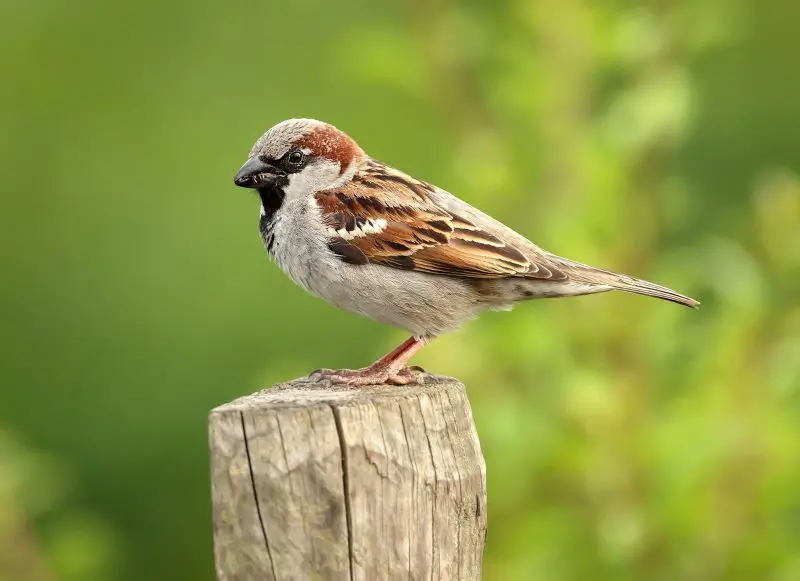
The House Sparrow is a small, stocky bird measuring 5.9–6.7 inches long with a wingspan of 7.5–9.8 inches. Males have gray crowns, chestnut-brown napes, black throats, and streaked brown backs, while females and juveniles are plain brown with lighter underparts. Their cheerful chirping calls are frequently heard in urban and suburban settings.
These sparrows are non-native but abundant year-round in South Carolina. They thrive in cities, towns, farms, and suburban gardens, often nesting around buildings, eaves, and other human structures. Their diet includes seeds, grains, insects, and scraps of human food. At backyard feeders, they prefer millet, cracked corn, and sunflower seeds.
House Sparrows are highly social and often form large flocks, especially in winter. They are aggressive around feeders and nest boxes, sometimes displacing native species. Despite being invasive, their adaptability ensures they remain one of the most familiar birds in South Carolina.
Red-winged Blackbird (Agelaius phoeniceus)
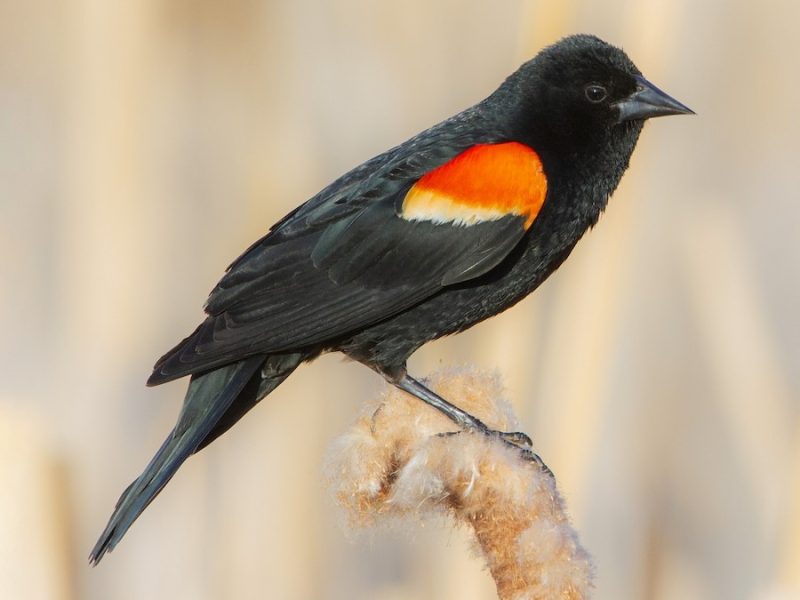
The Red-winged Blackbird is a medium-sized blackbird measuring 6.7–9.4 inches long with a wingspan of 12–15.8 inches. Males are striking, with glossy black plumage and bright red shoulder patches edged with yellow, while females are brown and heavily streaked, resembling large sparrows. The male’s loud “conk-la-ree” song is a familiar sound in wetlands and fields.
These birds are year-round residents in South Carolina, thriving in marshes, wet meadows, agricultural fields, and roadside ditches. Their diet includes insects, seeds, and grains, with insects being the primary food source during the breeding season. They often forage in flocks and are occasional visitors to backyard feeders, especially where cracked corn or sunflower seeds are available.
Red-winged Blackbirds are territorial during breeding season, with males aggressively defending nesting areas in marsh vegetation. Outside of breeding, they form large flocks with other blackbirds and starlings. Their bold colors and distinctive songs make them a well-known wetland bird in South Carolina.
Killdeer (Charadrius vociferus)
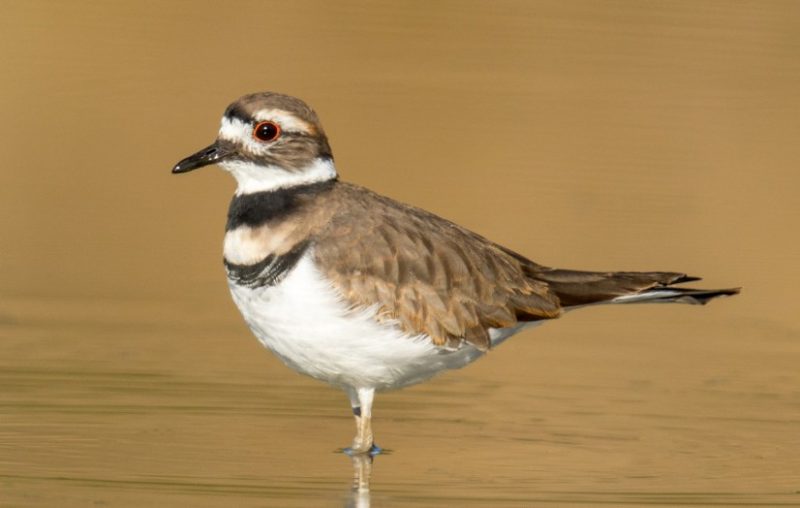
The Killdeer is a slender plover measuring 8–11 inches long with a wingspan of 18–19 inches. It has brown upperparts, a white belly, two bold black breast bands, and a bright orange rump visible in flight. Its loud, piercing “kill-deer” call, which gives the bird its name, is commonly heard in open habitats.
Killdeer are year-round residents in South Carolina, preferring open fields, pastures, golf courses, mudflats, and even gravel parking lots. Unlike many shorebirds, they often forage far from water, feeding on insects, earthworms, and small invertebrates. They are commonly seen running across open ground, stopping abruptly to peck at prey.
These plovers are known for their dramatic “broken-wing” distraction display, where they pretend to be injured to lure predators away from their nests. Their preference for open ground and distinctive calls make them easy to spot throughout South Carolina.
FAQs about Backyard Birds in South Carolina
What are some common backyard birds found in South Carolina?
South Carolina hosts a variety of backyard birds, including Northern Cardinal, Carolina Chickadee, Tufted Titmouse, Eastern Bluebird, American Robin, Carolina Wren, Red-bellied Woodpecker, and many others. These birds are adapted to both rural and suburban environments and are often seen visiting feeders and gardens.
When is the best time to observe backyard birds in South Carolina?
Birdwatching is enjoyable year-round in South Carolina due to its mild climate. However, spring and fall migration seasons offer increased diversity as many migratory species pass through the state. Winter months also attract resident birds and some winter visitors.
What types of food attract backyard birds in South Carolina?
Common foods that attract backyard birds include sunflower seeds, safflower seeds, nyjer (thistle) seeds, suet, peanuts, mealworms, and fruits like berries. Different species have specific preferences; for example, woodpeckers enjoy suet, finches favor nyjer seeds, and cardinals love sunflower seeds.
How can I create a bird-friendly backyard in South Carolina?
To attract more birds, provide a variety of feeders with fresh food, clean water sources such as birdbaths, native plants that offer shelter and natural food, and nesting boxes suitable for local species. Avoid using pesticides to maintain a healthy insect population for insectivorous birds.
Are there any rare or unusual backyard birds in South Carolina?
While most backyard birds in South Carolina are common species, occasionally rarer visitors such as the Purple Finch or certain warblers may appear during migration seasons. Keeping a bird guide handy and using apps like Merlin Bird ID can help identify unusual sightings.
How do backyard birds in South Carolina adapt to urban and suburban environments?
Many backyard birds in South Carolina, like the House Finch, Northern Mockingbird, and American Crow, have adapted well to urbanization. They exploit human structures for nesting, utilize backyard feeders, and take advantage of fragmented habitats for shelter and food.
What are the signs of bird nesting in my backyard?
Signs include birds carrying nesting material like twigs and grasses, frequent visits to dense shrubs or nest boxes, and hearing distinctive calls or songs associated with breeding. You may also spot nests in trees, shrubs, or on man-made structures.
How do I safely observe backyard birds without disturbing them?
Use binoculars or cameras with zoom lenses to observe from a distance. Avoid sudden movements or loud noises near feeding or nesting areas. Maintain clean feeders and water sources to prevent disease, and avoid handling birds or nests.

